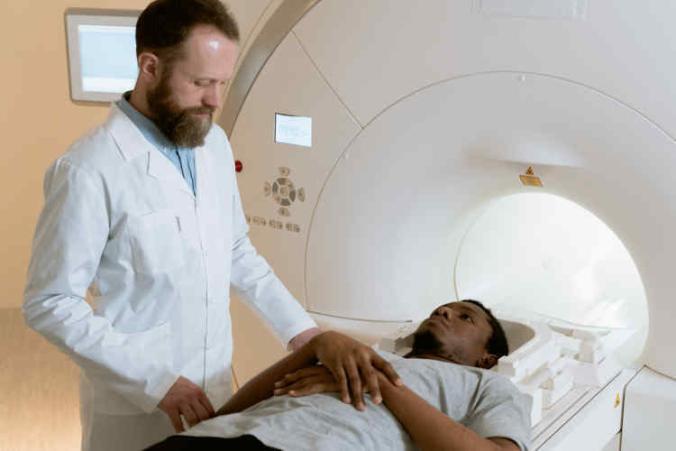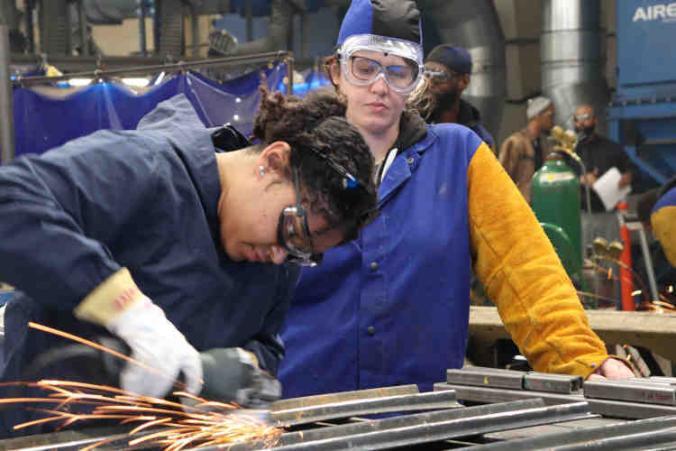In L&I claims, you often hear the term “aggravation of conditions” or “aggravated conditions”. Your L&I doctor or claim manager may mention “aggravation of pre-existing conditions“. Sometimes, aggravation refers to other claim-related conditions. In short, the term “aggravation” can be very confusing in workers’ compensation claims. The purpose of this article is to help work injury claimants clear the confusion.
What is aggravation of conditions in an L&I claim?
Aggravation of condition is when a medical or mental condition gets worse. For workers, there are 2 important scenarios. These 2 scenarios do not relate to one another. They happen in very different parts of your workman’s comp claim. However, it’s important to pay attention and keep track of aggravation of conditions in both.
Aggravation of pre-existing conditions after a work injury (scenario I)
Say that you suffer an injury on the job. In addition, say that you have some pre-existing conditions. For example, your pre-existing condition can be from another injury or from birth. In workers’ compensation, it’s important to consider if your new work injury triggers symptoms for pre-existing conditions. If it does, we refer to it as aggravation of pre-existing condition.
Aggravation of condition after your L&I claim closed (scenario II)
Here, let’s assume you suffered a workplace injury a while ago. You opened an L&I claim. After that, you received treatment and benefits. Eventually, your L&I claim closed. After some time, there’s aggravation of conditions that relate to your L&I claim (which is already closed). We call this scenario aggravation of claim-related conditions.
New work injury and aggravation of pre-existing condition
If you have pre-existing conditions prior to the work injury, it’s important to track and monitor them. Many times, a workplace injury “lights up” these conditions. Then, whenever this happens, the Department of Labor and Industries (L&I) must decide about coverage. Here, L&I has to determine if they need to provide treatment for the aggravated pre-existing condition. For that, L&I relies on 2 components. The first is proximate cause. The other is lighting up or aggravation.
Proximate cause and pre-existing conditions
As before, say you have a workers’ comp claim for a work injury. Moreover, one of your pre-existing conditions requires treatment. If you can show proximate cause, then L&I must cover your aggravated pre-existing condition. For us, legal professionals, the term “proximate cause” has a specific legal definition. In short, it means you must meet 2 criteria to prove proximate cause.
First, you must show how the work injury caused the aggravation. For that, you have to demonstrate the sequence of events. Then, you must also show that without the work injury, there wouldn’t be aggravation of pre-existing conditions. Also, remember, there can be more than one proximate cause. Yet, for L&I to provide medical coverage, it’s enough to show that the work injury was one proximate cause. It doesn’t have to be the only one.
Lighting up and aggravated pre-existing conditions
A pre-existing condition can be asymptomatic. Meaning, there were no symptoms or disability before the industrial injury. Then, a work injury happens. In turn, the work injury lights up or activates a pre-existing condition. If that’s the case, the worker is eligible for treatment and benefits for their full disability. That includes the aggravated pre-existing conditions.
Sometimes, workers with pre-existing disabilities have a greater need for treatment than other workers. That doesn’t matter. L&I must cover all these conditions and disabilities. Even when they require more attention.
On occasion, a pre-existing condition is symptomatic. For example, if there’s a pre-existing disability before a new work injury. Here, it’s important to check if the new injury aggravated the pre-existing condition. In other words, if it made it worse. If so, then L&I needs to cover the condition under the claim. However, there’s one exception. L&I will not cover the condition if the natural progress of the condition made it worse. This can get very tricky. As always, if you’re not sure what to do, call a workers’ compensation attorney.
Aggravation of pre-existing degenerative conditions
Often, we see aggravation of pre-existing conditions with so-called “degenerative” characteristics. These tend to impact the spine, knees and shoulders. In short, the human body ages. It wears out and degenerates as we get older. In the process, some people experience symptoms. Others don’t.
The following are some examples of degenerative conditions:
1) Degenerative disc disease of the spine
2) Shoulder tears due to aging
3) Degenerative meniscus tears
4) Arthritis in the back, shoulders and knees.
In general, a workplace injury isn’t the originating cause of degenerative conditions. However, it can make them become symptomatic. Also, it can accelerate them or make them worse. Consequently, under the law, L&I cannot reject the degenerative condition. In fact, L&I must cover it under the claim.
Aggravation of conditions and reopening an L&I claim
For workers, the second important scenario is aggravation of claim conditions. If your L&I claim closed, you can reopen it due to aggravation of claim-related conditions. More specifically, it’s very important to reopen the claim when aggravation of conditions results in:
1) Permanent disability (which can lead to L&I pension benefits)
2) Increase in permanent partial disability (or PPD)
3) Need for treatment.
Objective medical findings to reopen an L&I claim
You can file an application to reopen your L&I claim. When L&I evaluates the application, they will look at the following criteria. To reopen the claim due to aggravation of conditions, you must show 3 things:
a) That the aggravation resulted in one of (1), (2) or (3) above.
b) The work injury was a proximate cause for the aggravation.
c) That the aggravation occurred between the terminal dates.
An explanation of terminal dates
Upon reopening, L&I looks at two terminal dates. T1 is the first terminal date. That’s the most recent date when L&I decided to close your claim. Or, it’s the most recent date when L&I decided to keep your claim closed. Then, the second terminal date is T2. That’s when you apply to reopen the claim. How does L&I use these dates? It’s complicated. Let’s look at an example.
Say that Jane Doe suffers an injury at work. Her work accident caused lumbar disc herniation. In addition, let’s assume that she received treatment. Her claim closed in January 2018. After that, Ms. Doe tried to reopen her claim in January 2019. Back then, L&I decided to not reopen the claim. Furthermore, Ms. Doe didn’t protest or appeal the decision. Fast forward, let’s assume that Ms. Doe filed a new reopening application in January 2023. Hence, the first terminal date T1 is January 2019. That’s when L&I decided to keep her claim closed. Then, the second terminal date T2 is January 2023.
Reopening your L&I claim based on aggravation of conditions
To continue, let’s further assume Ms. Doe took an MRI in January 2018. The MRI showed 1 millimeter disc herniation. Later, she had another MRI in January 2019. It showed 1 millimeter disc herniation in the same spot. Finally, another MRI in January 2023 showed 3 millimeter disc herniation. All in the same exact location.
For reopening, L&I will look at all the events between T1 and T2. Clearly, the disc herniation worsened between January 2019 and January 2023. This falls under aggravation of claim-related conditions. So, there’s sufficient objective medical evidence. However, Ms. Doe must also show that the disc deterioration didn’t happen because of natural progression. For that, she must obtain a medical opinion that the work injury is one cause for the aggravation.
Conclusion
This example illustrates the process of reopening a claim after aggravation. Even simple cases can require highly technical and in-depth analysis. Therefore, many medical providers don’t even attempt or advise patients on reopening. They assume L&I will deny reopening. I certainly understand their frustration and hesitation.
However, it’s important for medical providers to know that reopening is possible. An effective partnership with an experienced workers compensation attorney is imperative. This can make the process much smoother.
In summary, aggravation of condition comes up a lot in L&I claims. The term can describe one of two very different scenarios. One involves aggravated pre-existing conditions. The second scenario involves re-opening a claim because of aggravation. While different, it’s important for workers to understand aggravation of conditions and pursue their rights under the law.


